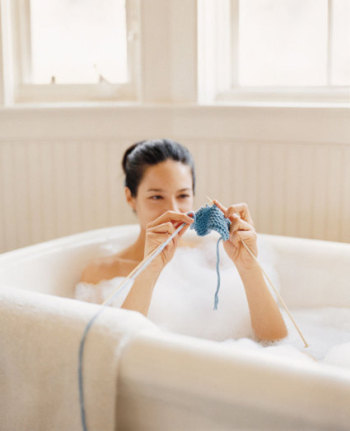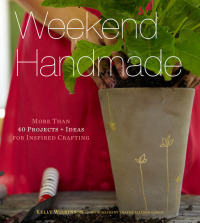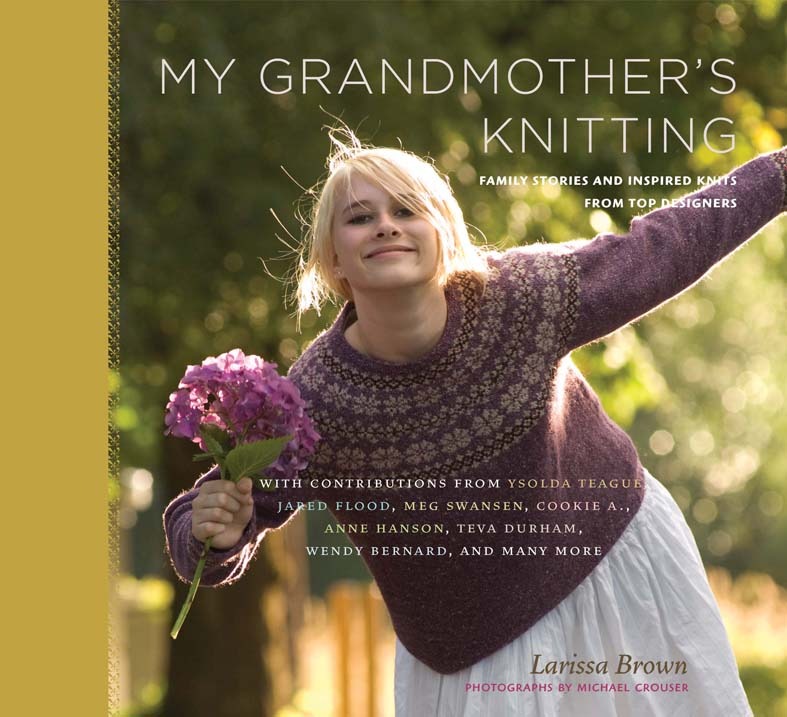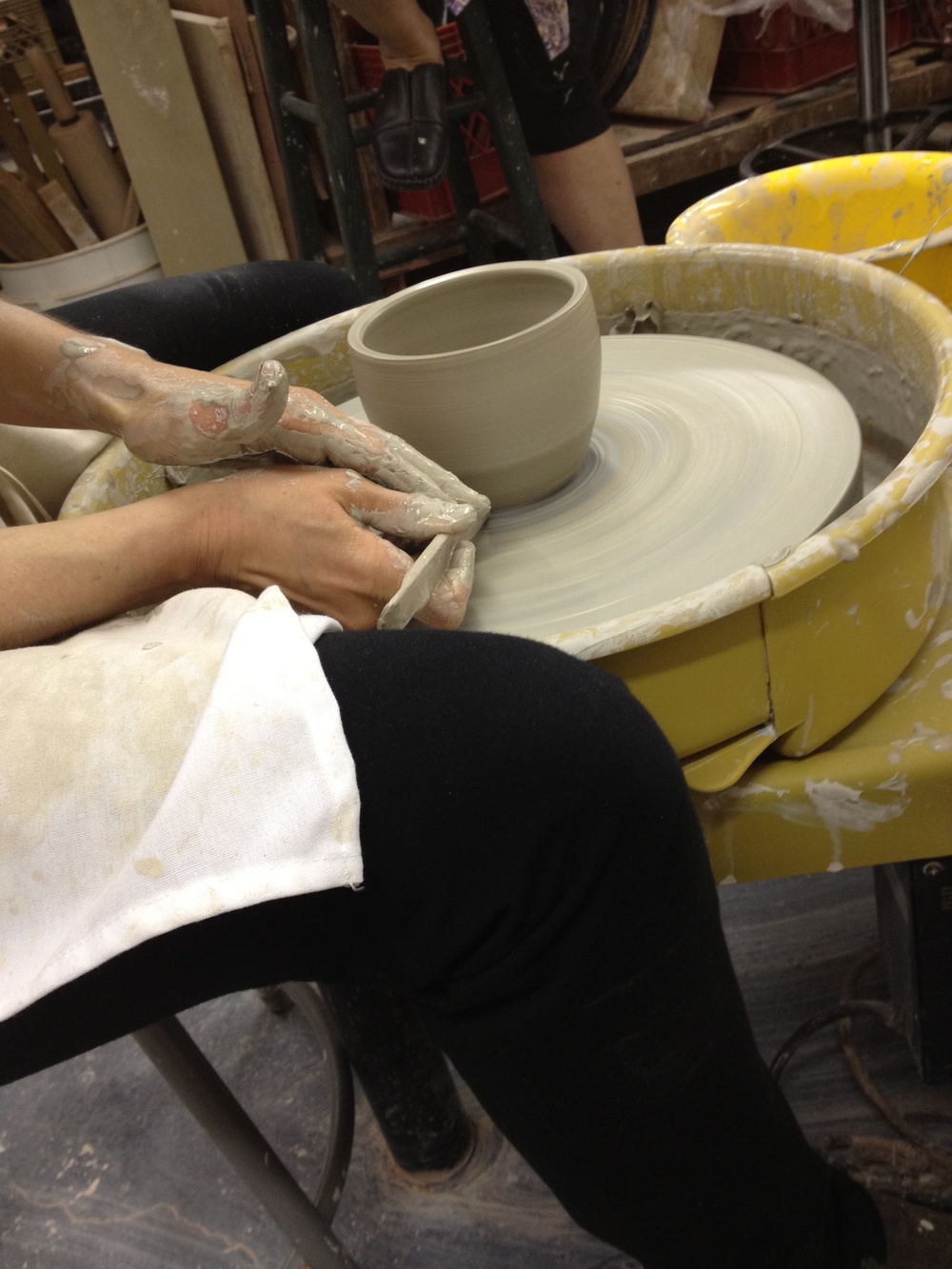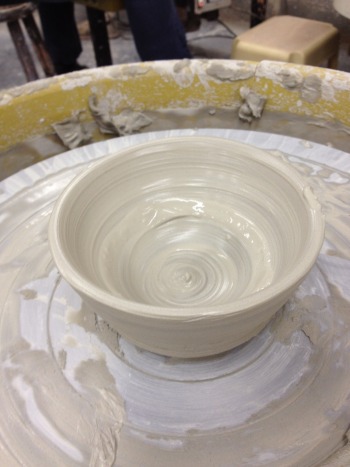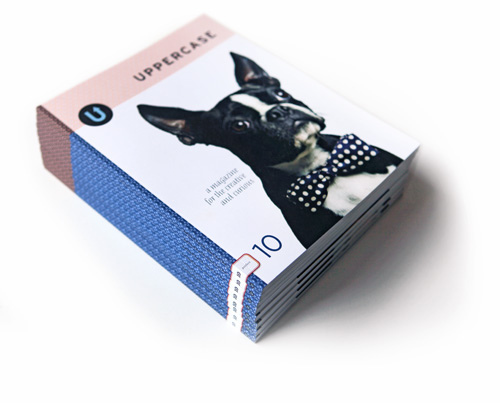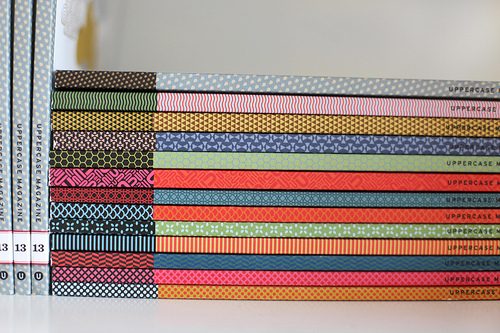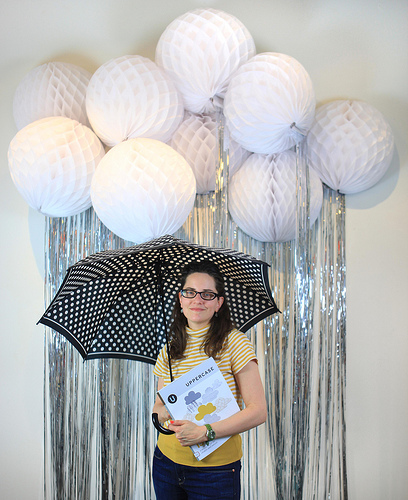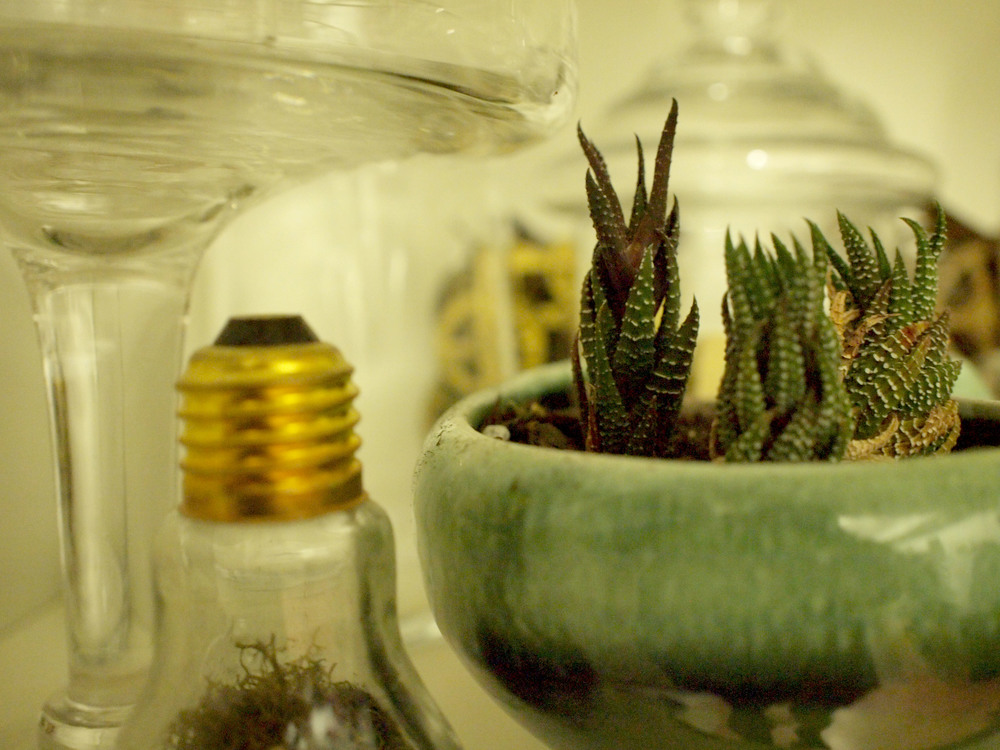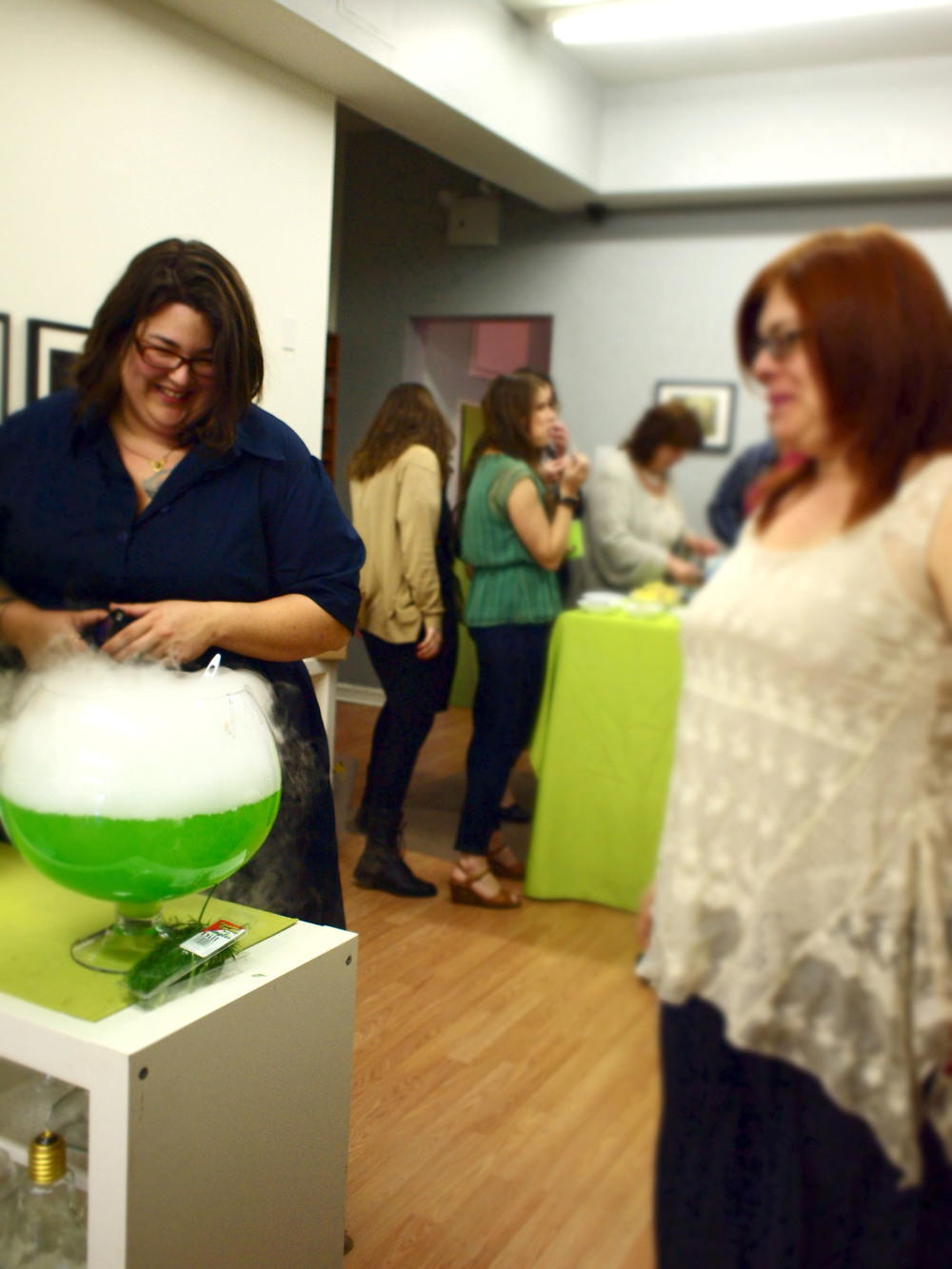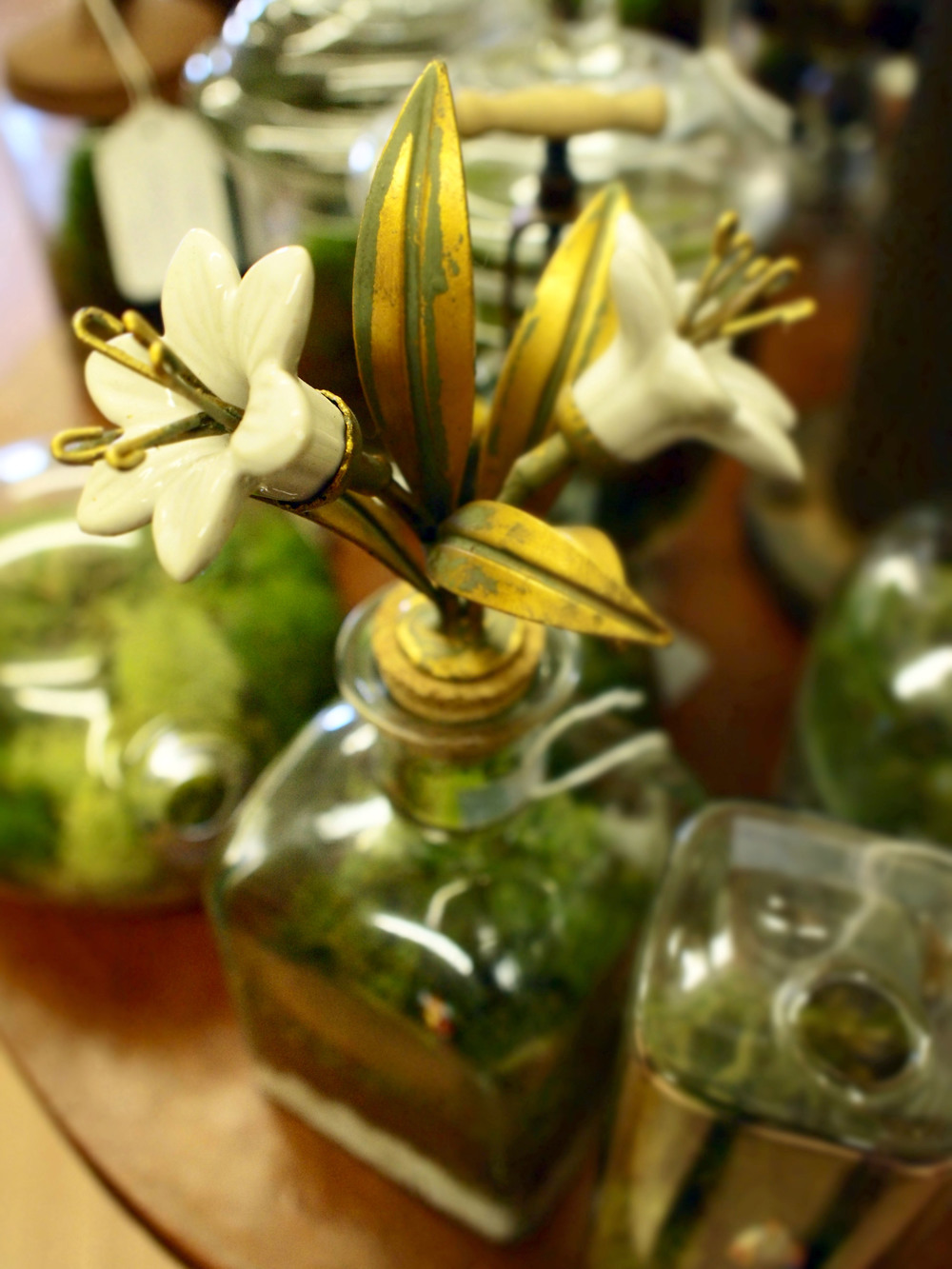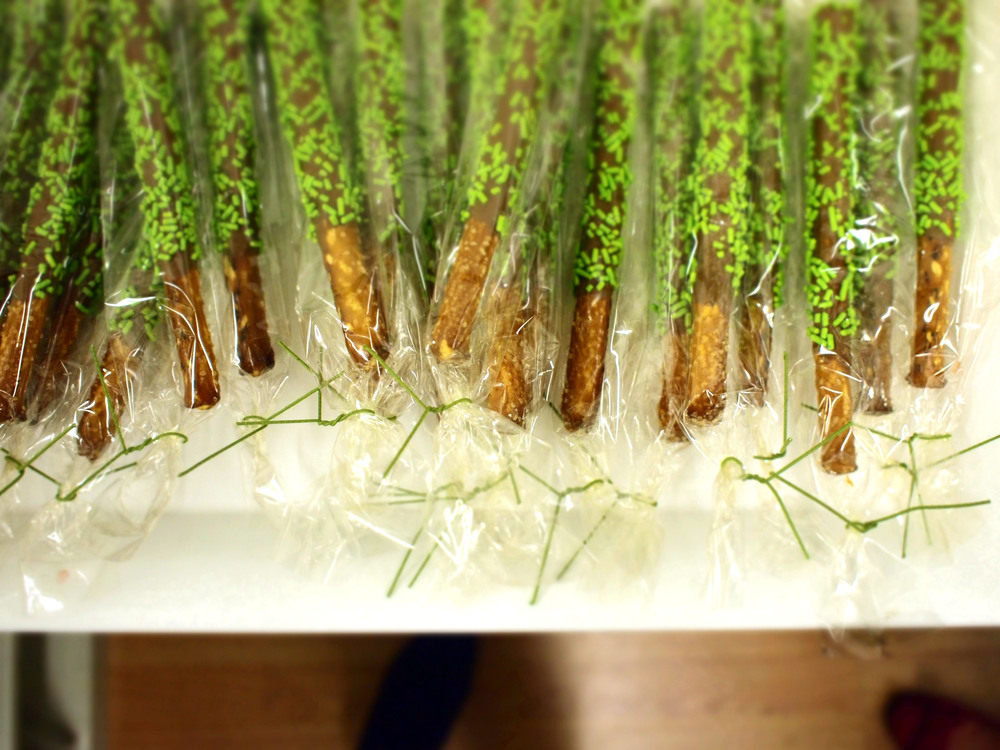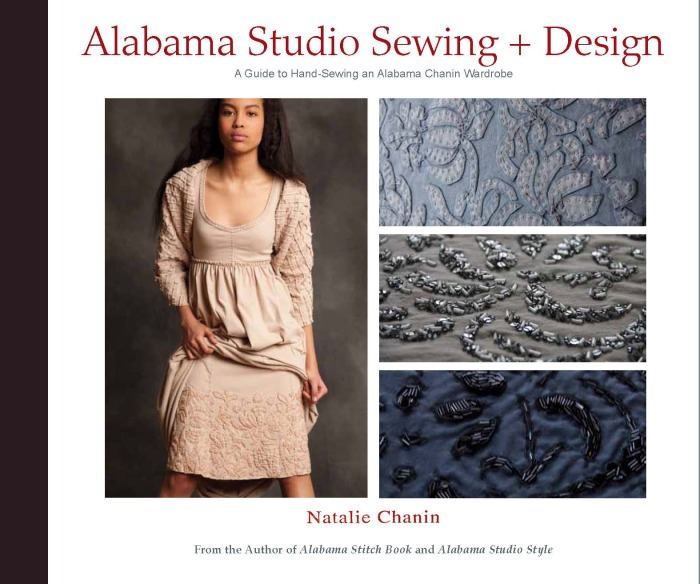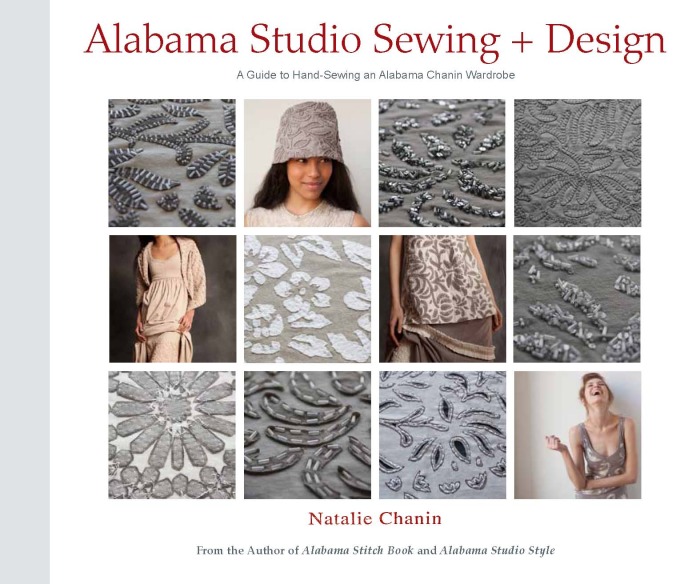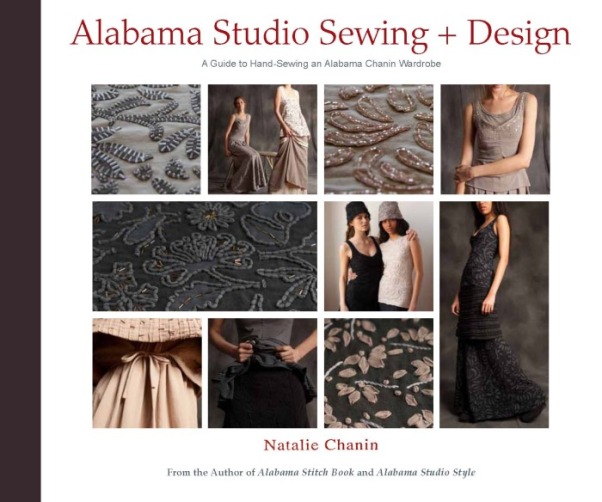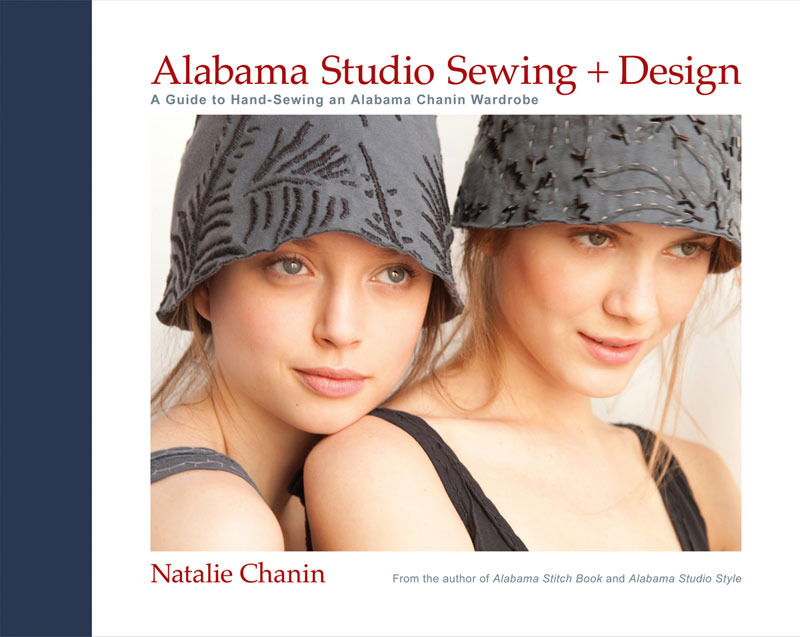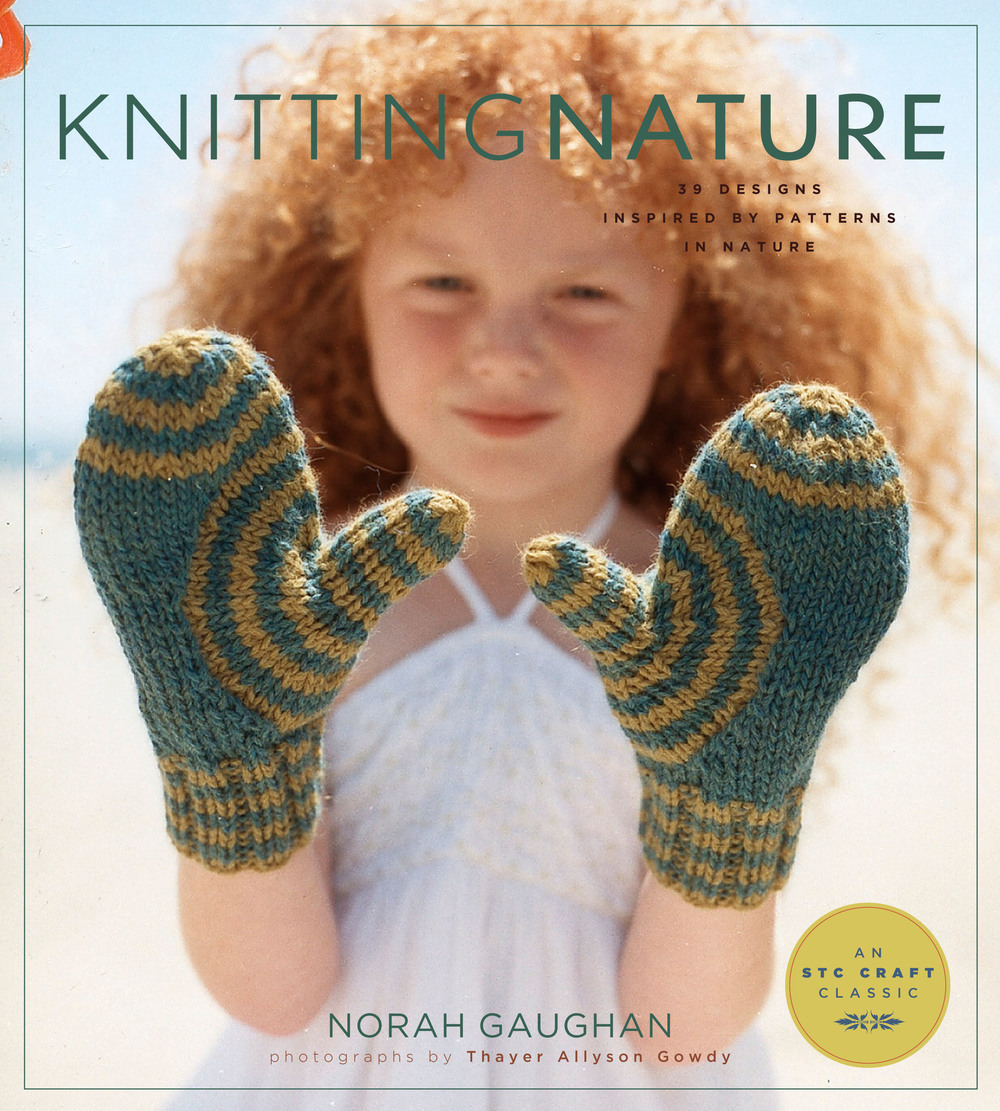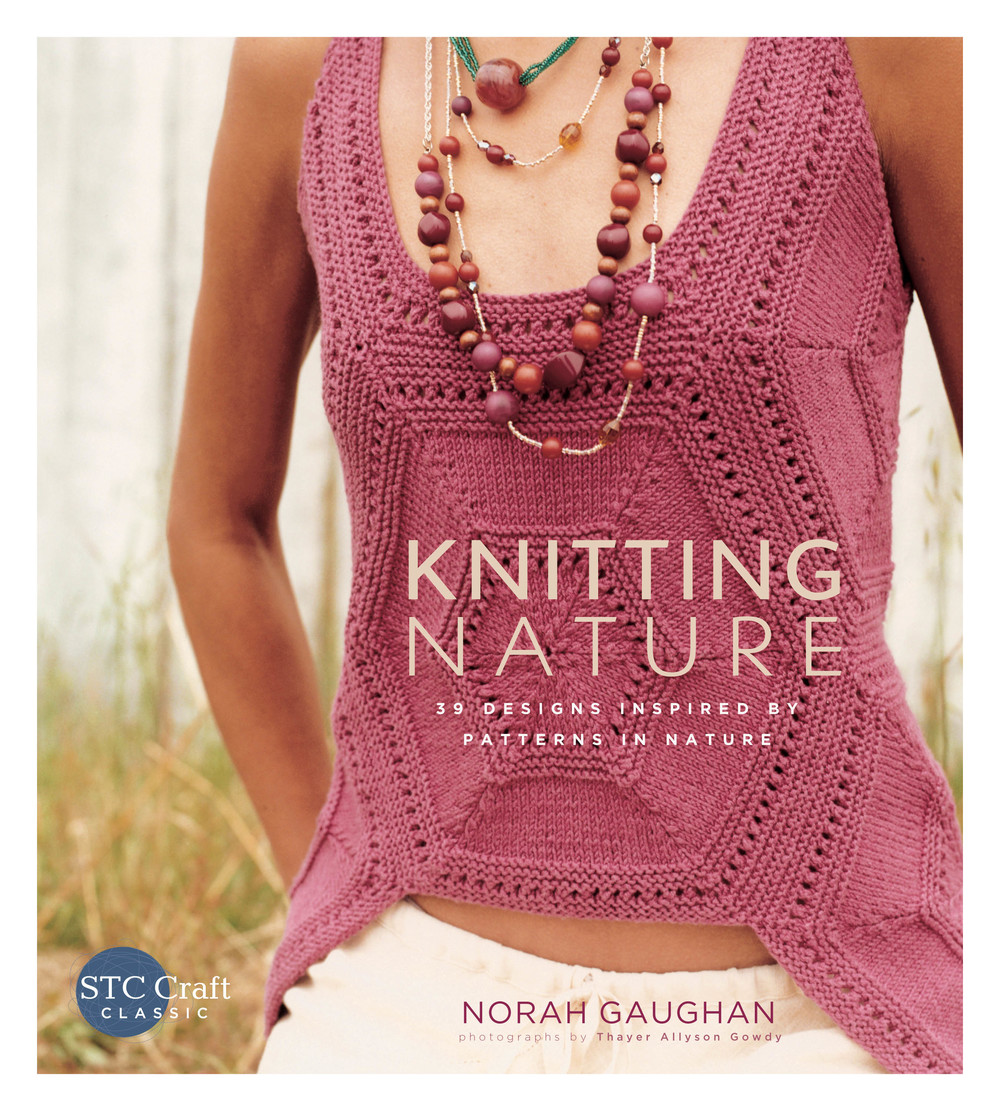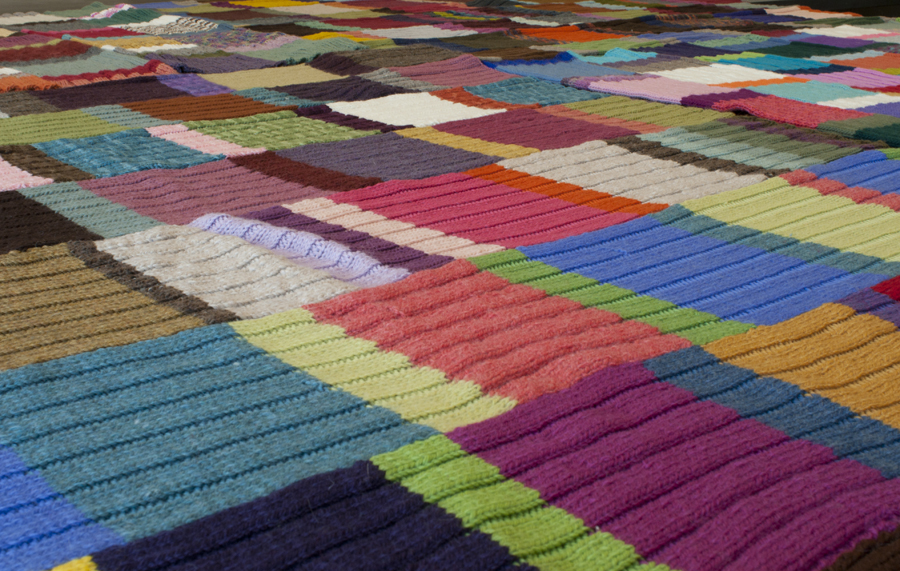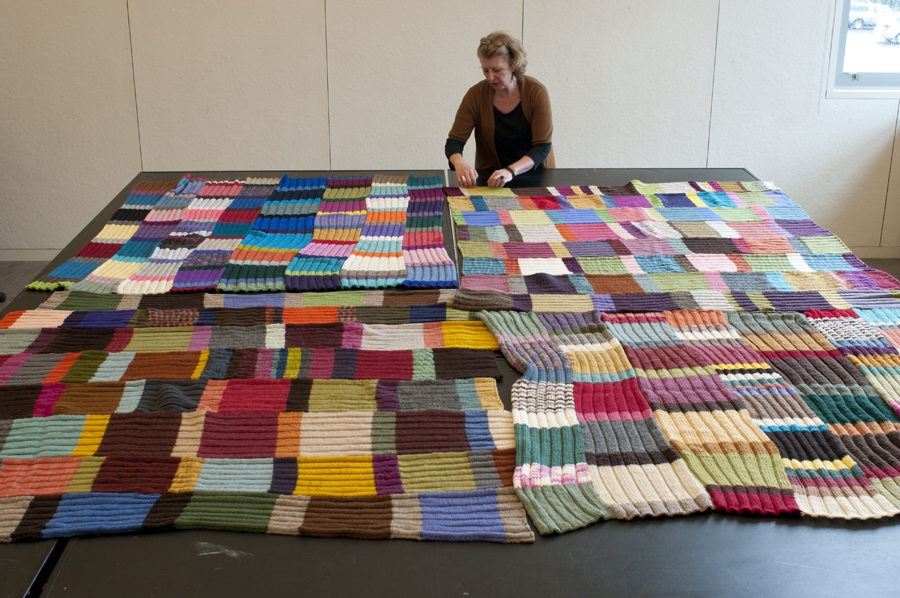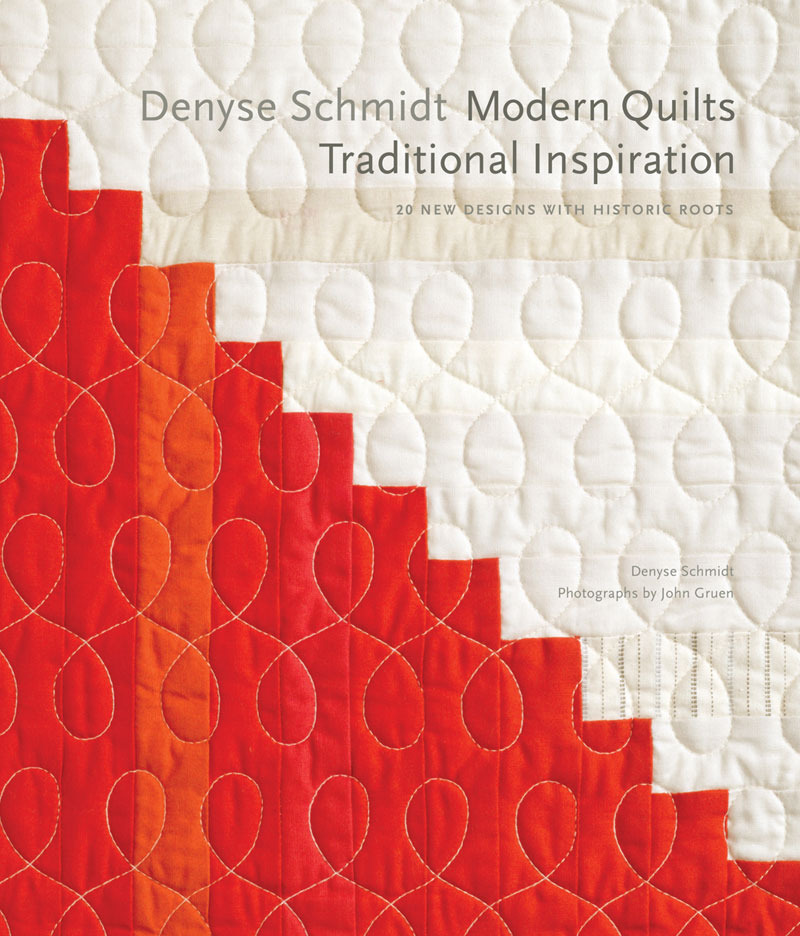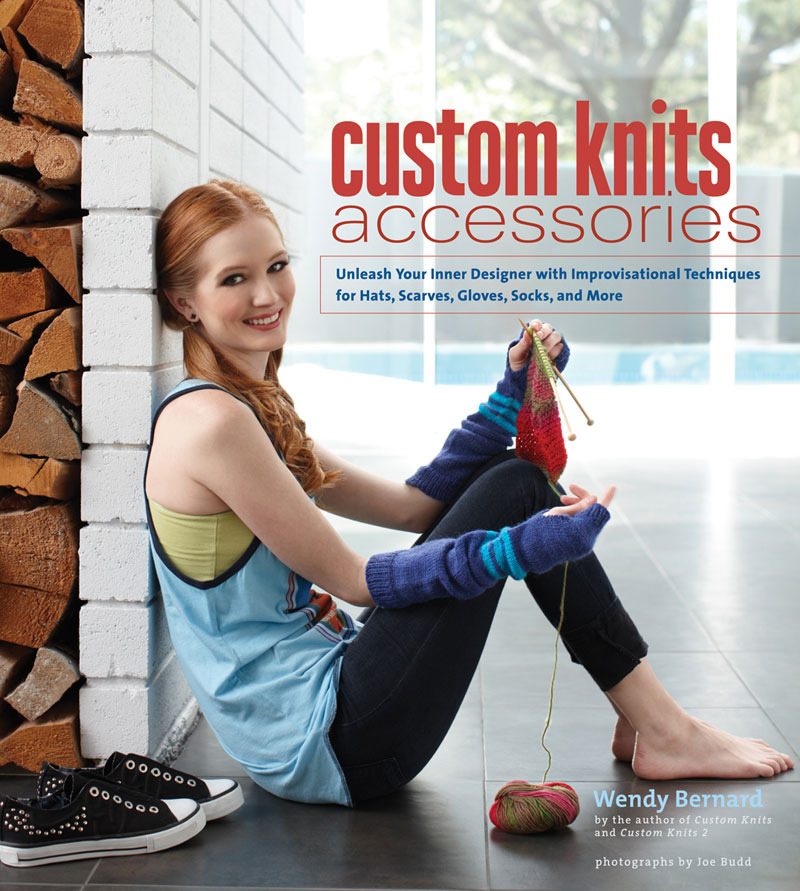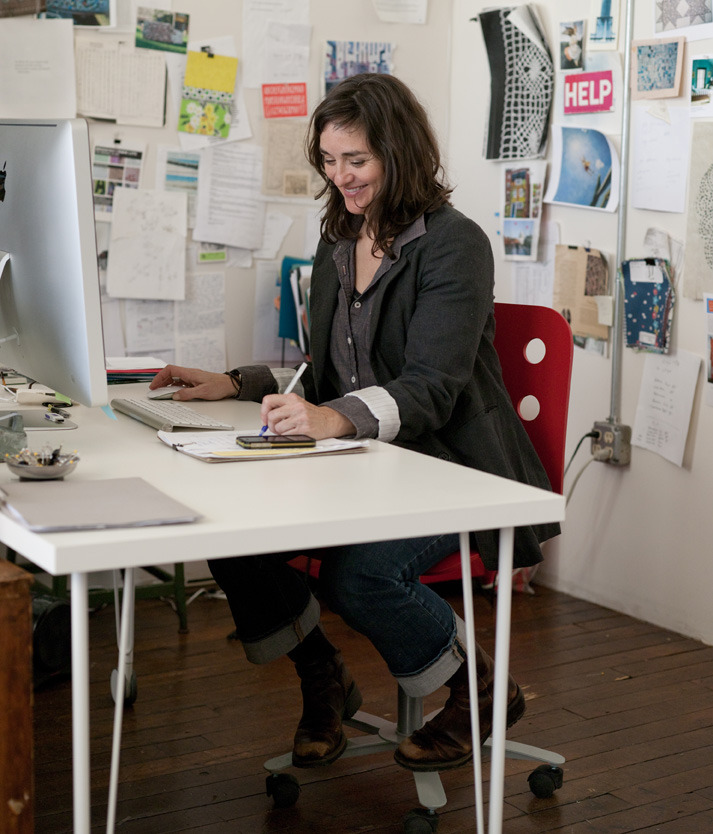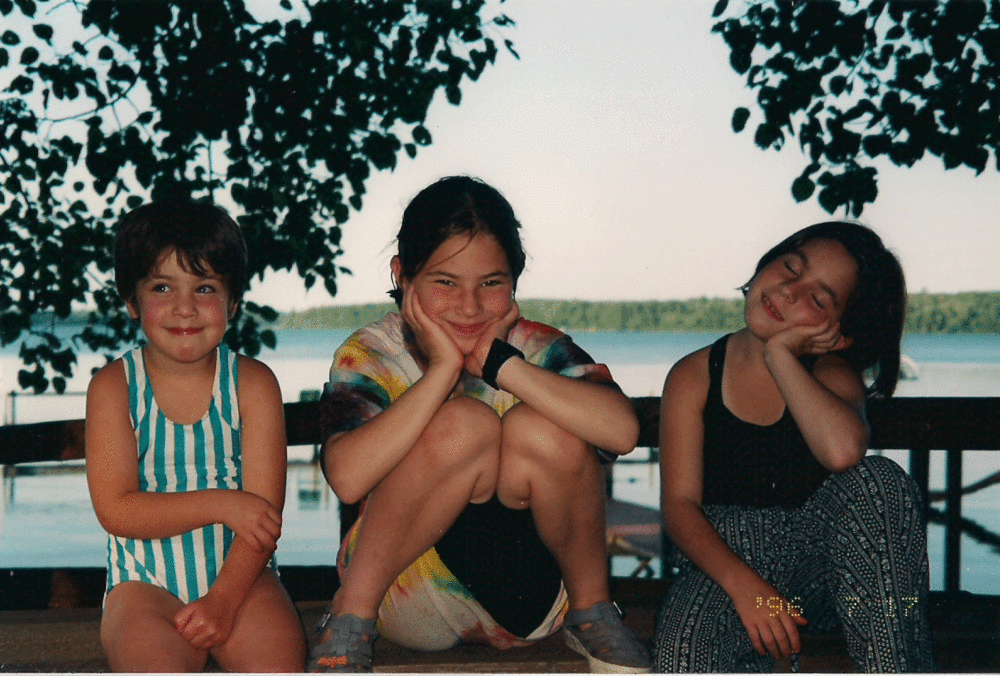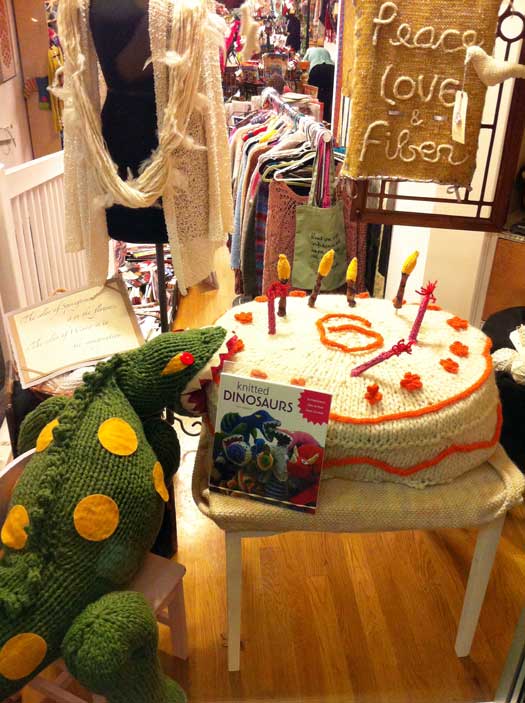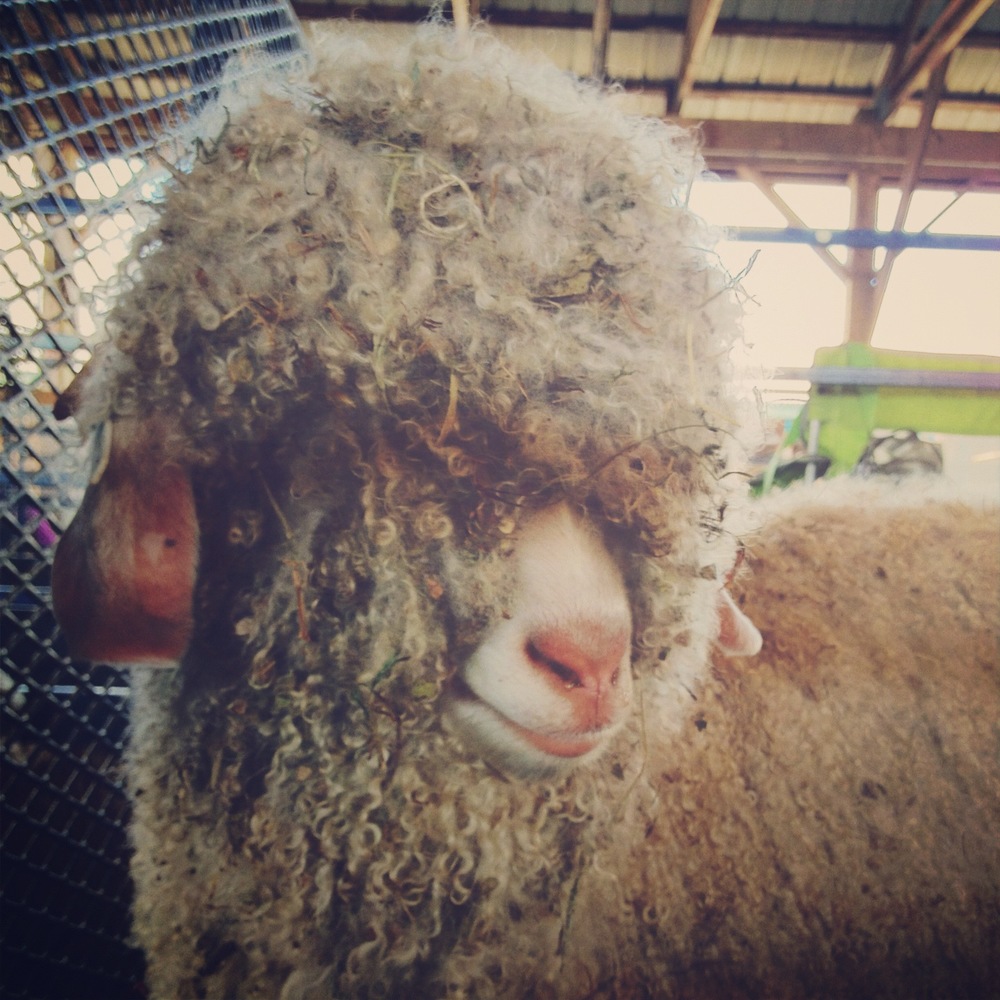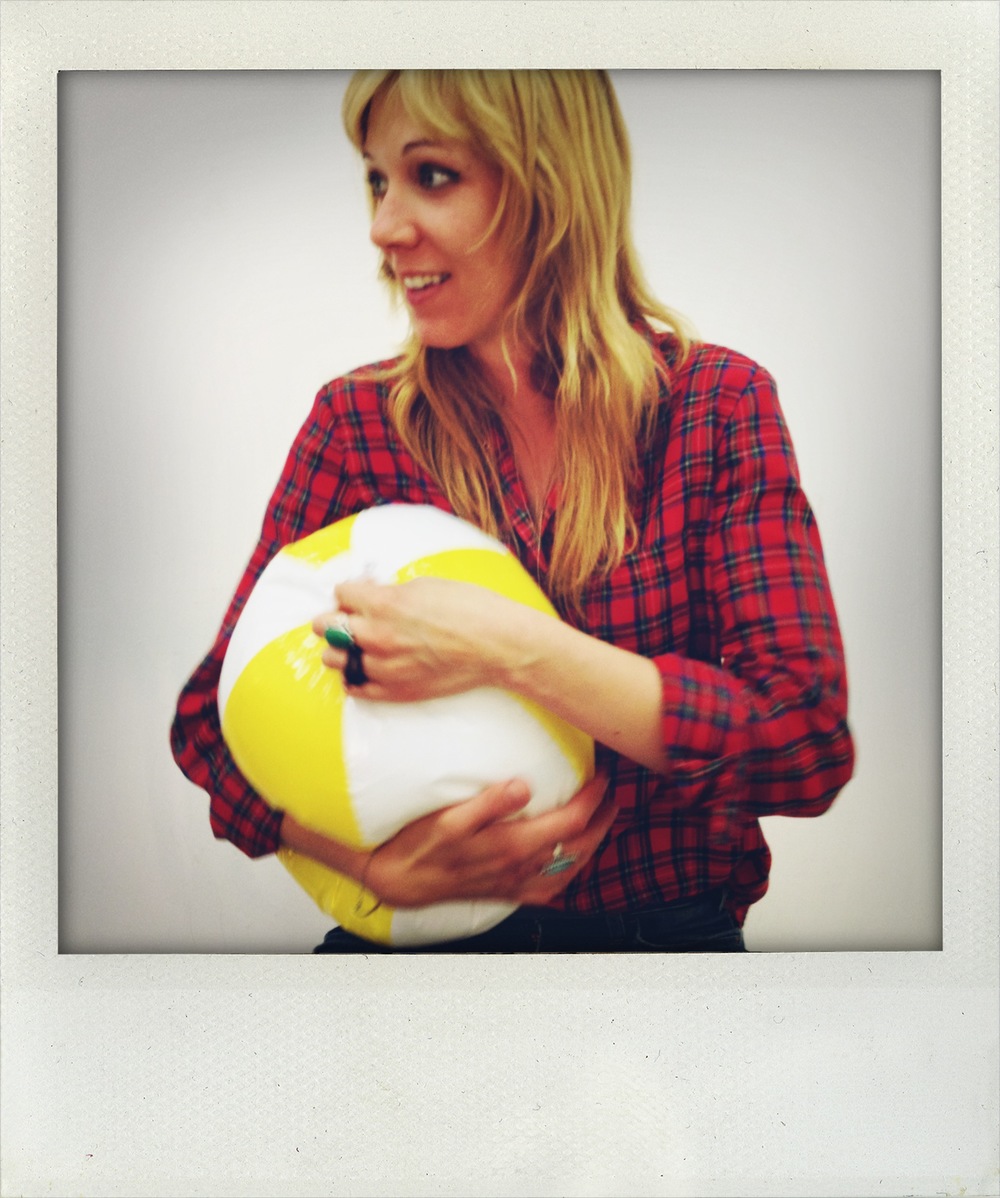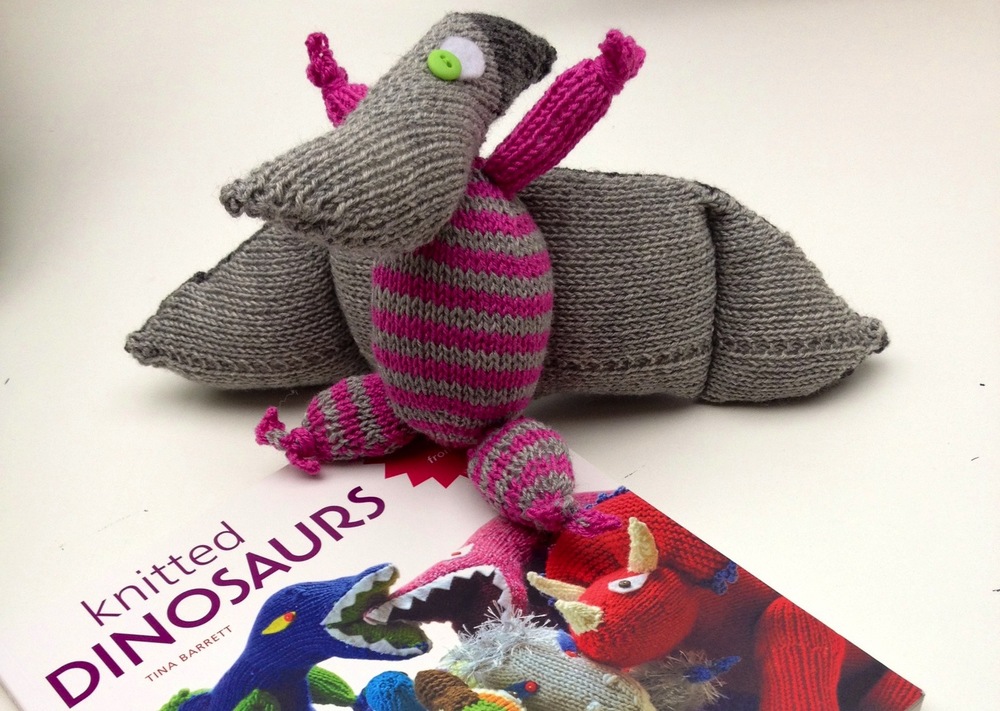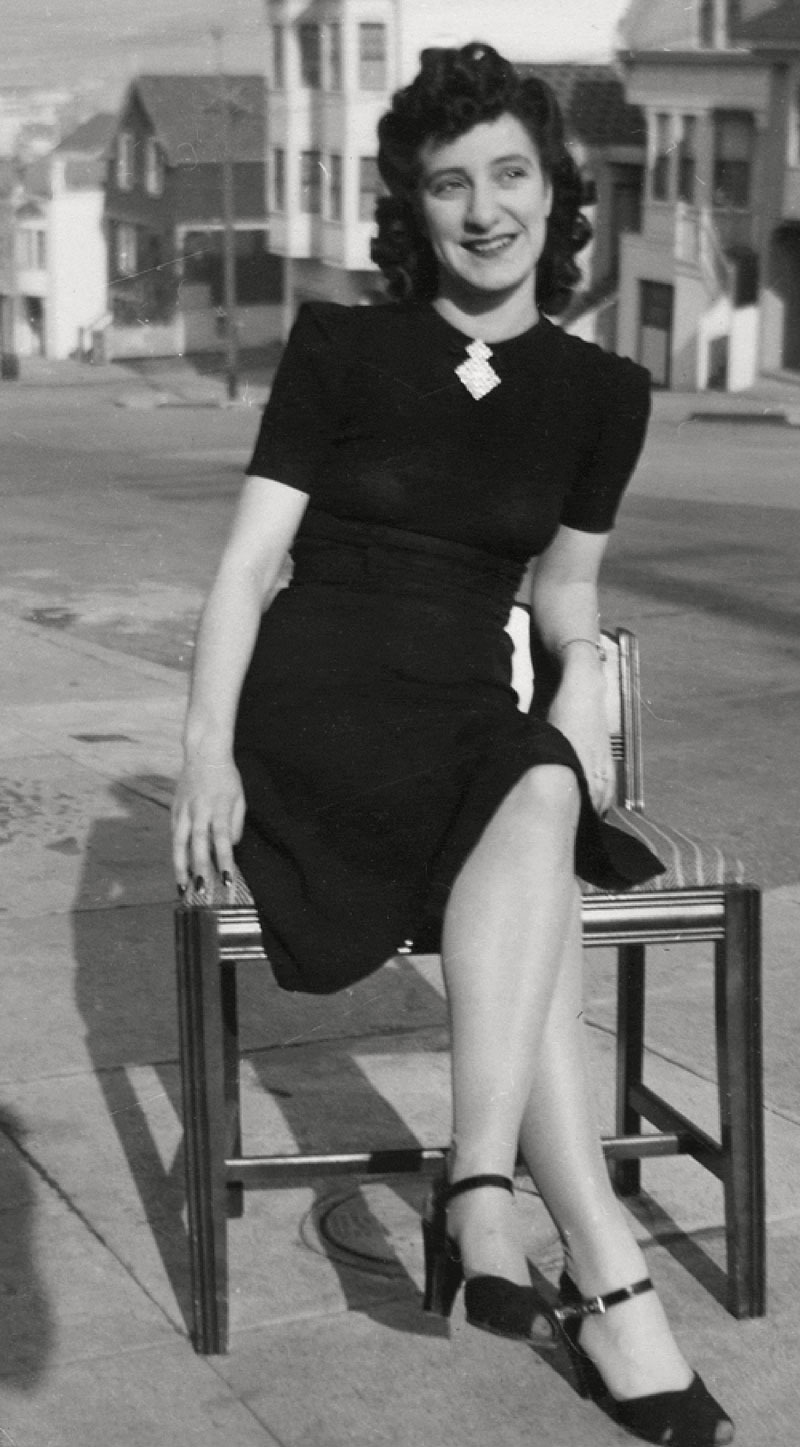 Author Joan McGowan-Michael's mother, who taught her how to knit (photo from the book My Grandmother's Knitting)
Author Joan McGowan-Michael's mother, who taught her how to knit (photo from the book My Grandmother's Knitting)
After I posted It’s Not Your Grandmother’s Crafting (or Is It?), I was prepared to get impassioned responses. But I wasn’t as prepared for the sheer knowledge of history, marketing trends, and feminism that was brought to the table. Yet again, I am amazed at the intellect and insight of crafters—into all aspects of life. My post barely scratched the surface of it all! So, to recap, I thought I’d break down some of the most-discussed issues.
Age and Gender
On the surface, the most offensive thing about “Not Your Grandmother’s Knitting” is its implied ageism and sexism. We often see an “insinuated sneer” towards women’s skills, so denigrating our grandmothers’ knitting is a touchy subject. Couple that with the fact that our culture has a huge obsession with youth, proverbially tossing older women to the side, and this kind of phrase does more harm than good in its intended audience.
Lazy Marketing
Hey, I learned something! Oldsmobile gets the credit for coining the “Not Your” turn of phrase in the 1980s with “Not Your Father’s Oldsmobile.” Since then, it’s become part of our lexicon. And, let’s face it, Don Draper would call this very lazy copywriting. (Remember his reaction to “The cure for the common breakfast cereal”?) For marketers, it’s the easiest way to say “Hey, this this is super hip and cool!” which, when you put it that way, doesn’t sound hip and cool. Some astute readers pointed out that this is basically your father’s marketing campaign, which is as ironic as it gets.
Consumerism
Well, this goes hand in hand with marketing. The whole idea is to sell something as novel, and therefore necessary. An “out with the old, in with the new’’ mentality. But as a culture obsessed with material goods, this mentality just feeds thoughtless consumerism.
Youth Culture
Once again, we return to Mad Men. At this point in the show, the old guard is starting to look a little, well, old. The “Youthquake” of the 60s has corporations turning its eye to what the kids what, i.e, whatever is hip and new. Advertising has never really let go of this youth obsession, hence the perennial popularity of “Not Your Grandma’s . . . .”
Sex
Several commenters pointed out that a label of “not your grandma’s knitting” connoted for them risqué, NSFW patterns. Which is again ironic, seeing as many current grandmothers came of age in the “post-pill/pre-AIDS” era (this is my new favorite phrase). Basically, some grandmothers could tell us things that would put our knitted g-strings to shame.
Trends
Some readers felt that there was a point in the mid 20th century when knitting did indeed turn ugly. Acrylic tissue box cozies, that sort of thing. If you’re in your 20s or 30s, perhaps this is your impression of knitting, because that’s the type of knitting your grandmother might have done. In defense of “Not Your Grandmother’s Knitting,” maybe the phrase gave knitting the fresh face it needed to interest a new generation. Of course, this is all trend-based: our granddaughters could think the Stitch 'N' Bitch generation of knitting is ugly themselves. And so trends go!
Family Bonds
The overwhelming theme in the responses was personal family history. I loved reading the warm memories of everyone’s Nanas. Yet another reader pointed out that most young knitters she knows learned how to knit from the internet, not from family members. For what it’s worth—I learned to knit from a lady in a yarn shop, and then supplemented my knowledge with the Stitch ‘N’ Bitch books. However, it’s worth noting that the medium for learning (whether in person or through the internet or a book) doesn’t change the skills at hand. Knitting is knitting. The woman at the yarn shop probably learned from her grandmother or mother, and Debbie Stoller (author of Stitch ‘N’ Bitch) writes often of the knitting tradition in her family. So the common bond remains.
The Next Generation of Crafters
To wrap all of this up, I wonder how we should present knitting (and crafting in general) to the next generation. It’s clear that the phrase “Not Your Grandmother’s Knitting” needs to go. But what should replace it? What do you think is the best way to appeal to the next generation?
P.S. While we're here and talking about grandmothers and mothers, go check out our Mother's Day book giveaway (see below)!

